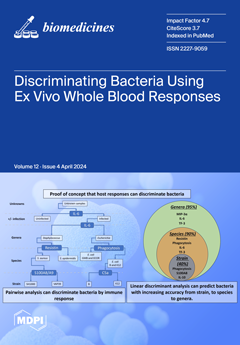Background: The present study investigated the outcomes and possible predictive factors of autologous bone marrow cells (BMCs) therapy in patients with ”no-option“ critical limb ischaemia (CLI). It was focused on exploring the clinical background and prior statin and renin-angiotensin system (RAS)-acting agents pharmacotherapy related to the therapeutic efficacy of BMCs treatment. Methods: In the present study, we reviewed thirty-three patients (mean age 64.9 ± 10 years; 31 males) with advanced CLI after failed or impossible revascularisation, who were treated with 40 mL of autologous BMCs by local intramuscular application. Patients with limb salvage and wound healing (N = 22) were considered as responders to BMCs therapy, and patients with limb salvage and complete ischemic wound healing (N = 13) were defined as super-responders. Logistic regression models were used to screen and identify the prognostic factors, and a receiver operating characteristics (ROC) curve, a linear regression, and a survival curve were drawn to determine the predictive accuracy, the correlation between the candidate predictors, and the risk of major amputation. Results: Based on the univariate regression analysis, baseline C-reactive protein (CRP) and transcutaneous oxygen pressure (TcPO
2) values were identified as prognostic factors of the responders, while CRP value, ankle-brachial index (ABI), and bone marrow-derived mononuclear cells (BM-MNCs) concentration were identified as prognostic factors of the super-responders. An area under the ROC curve of 0.768 indicated good discrimination for CRP > 8.1 mg/L before transplantation as a predictive factor for negative clinical response. Linear regression analysis revealed a significant dependence between the levels of baseline CRP and the concentration of BM-MNCs in transplanted bone marrow. Patients taking atorvastatin before BMCs treatment (N = 22) had significantly improved TcPO
2 and reduced pain scale after BMCs transplant, compared to the non-atorvastatin group. Statin treatment was associated with reduced risk for major amputation. However, the difference was not statistically significant. Statin use was also associated with a significantly higher concentration of BM-MNCs in the transplanted bone marrow compared to patients without statin treatment. Patients treated with RAS-acting agents (N = 20) had significantly reduced pain scale after BMCs transplant, compared to the non-RAS-acting agents group. Similar results, reduced pain scale and improved TcPO
2, were achieved in patients treated with atorvastatin and RAS-acting agents (N = 17) before BMCs treatment. Results of the Spearman correlation showed a significant positive correlation between CLI regression, responders, and previous therapy before BMCs transplant with RAS-acting agents alone or with atorvastatin. Conclusions: CRP and TcPO
2 were prognostic factors of the responders, while CRP value, ABI, and BM-MNCs concentration were identified as predictive factors of the super-responders. Atorvastatin treatment was associated with a significantly increased concentration of BM-MNCs in bone marrow concentrate and higher TcPO
2 and lower pain scale after BMCs treatment in CLI patients. Similarly, reduced pain scales and improved TcPO2 were achieved in patients treated with atorvastatin and RAS-acting agents before BMCs treatment. Positive correlations between responders and previous treatment before BMCs transplant with RAS-acting agents alone or with atorvastatin were significant.
Full article






